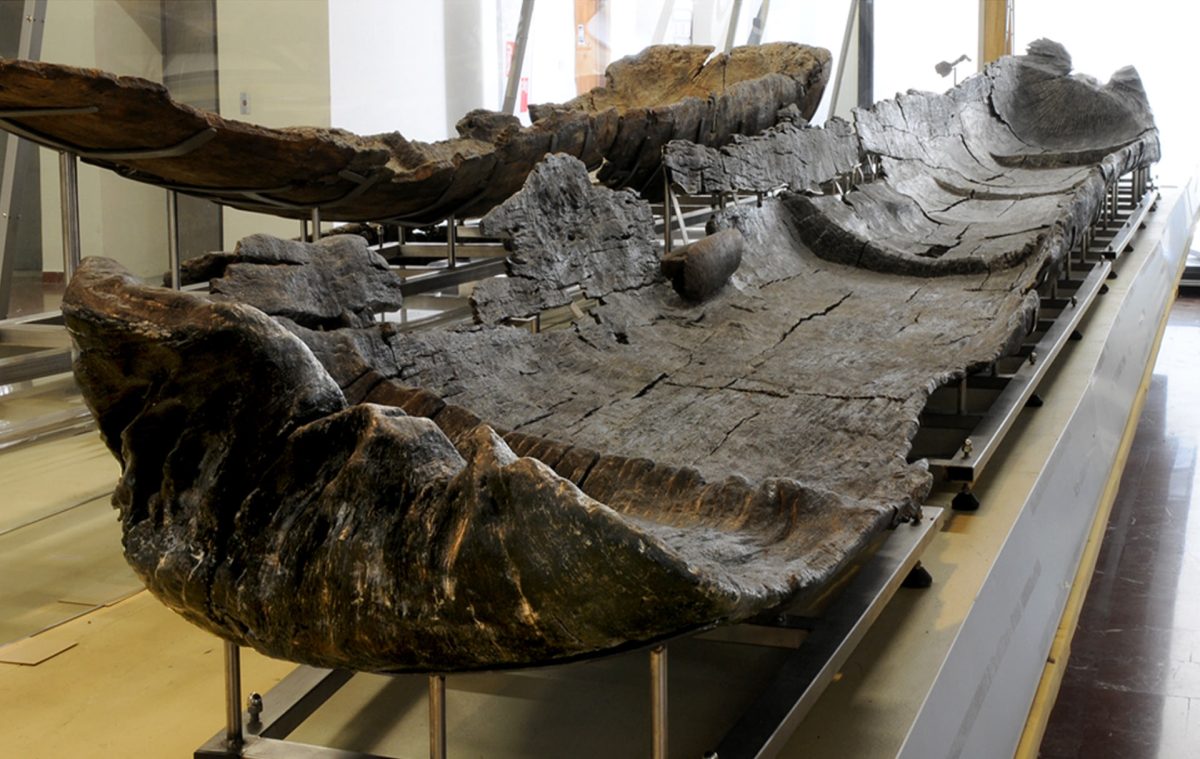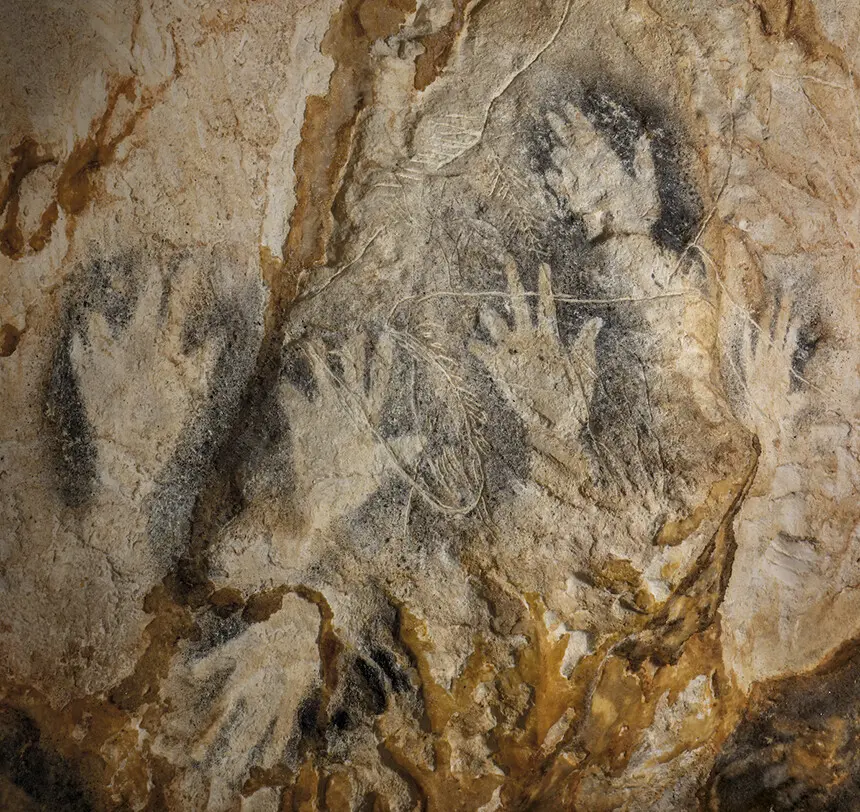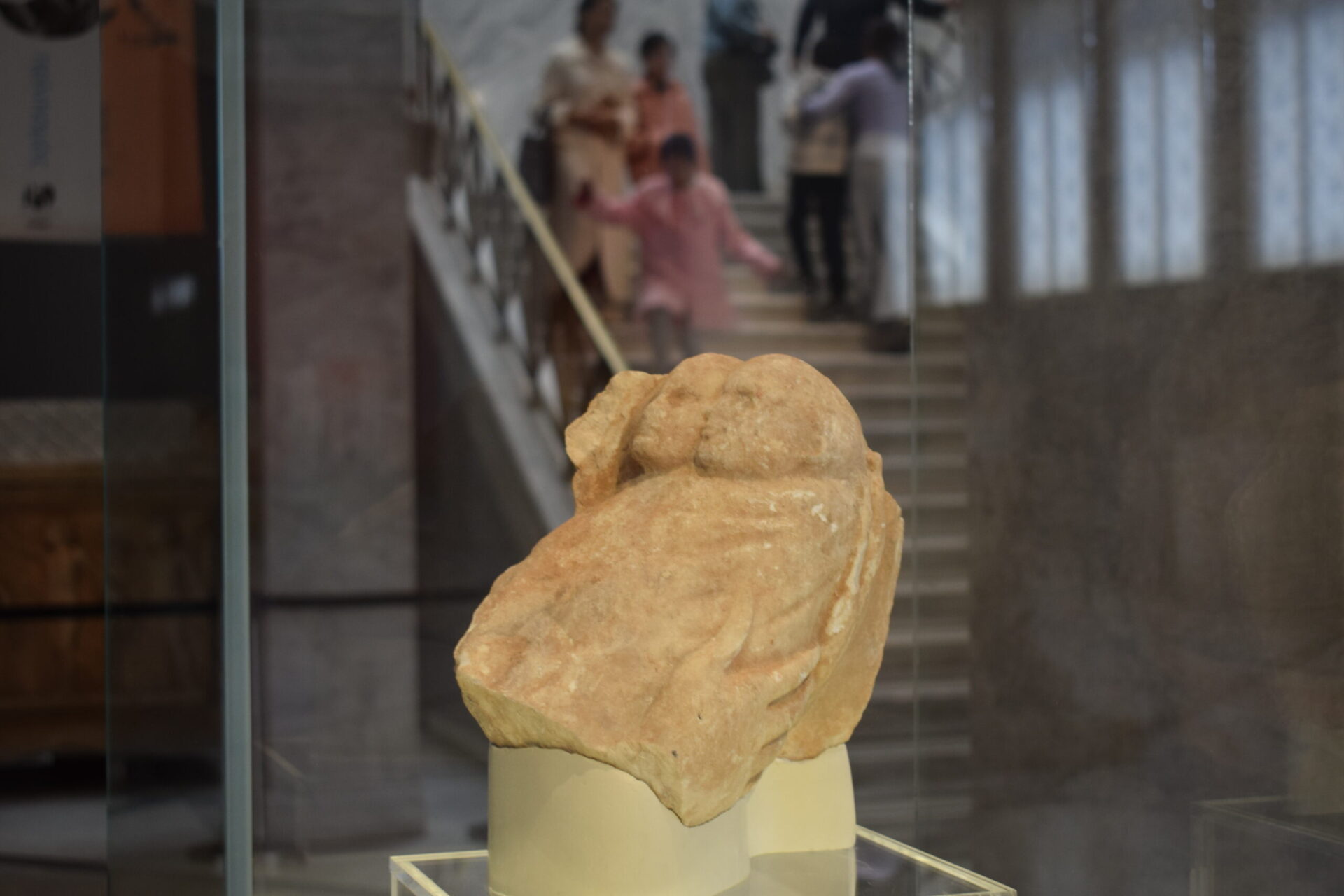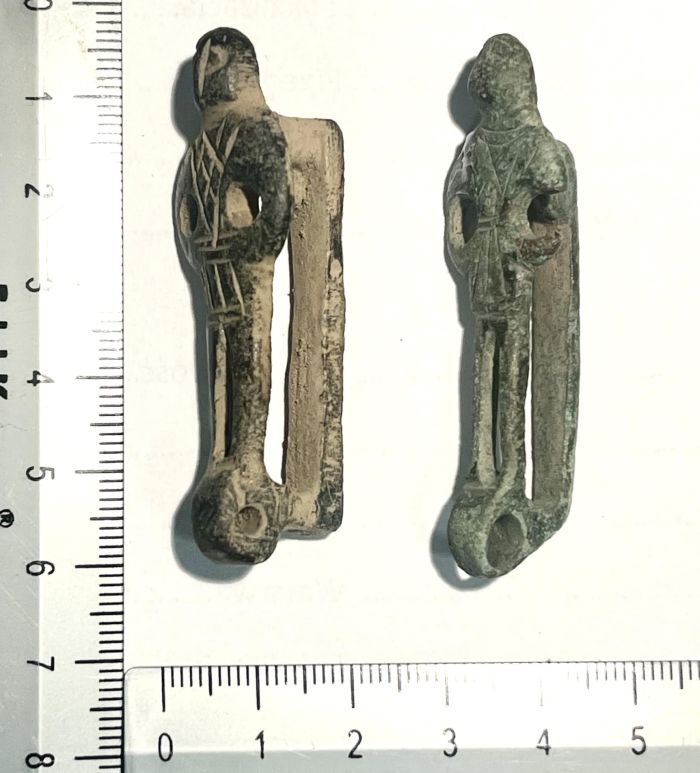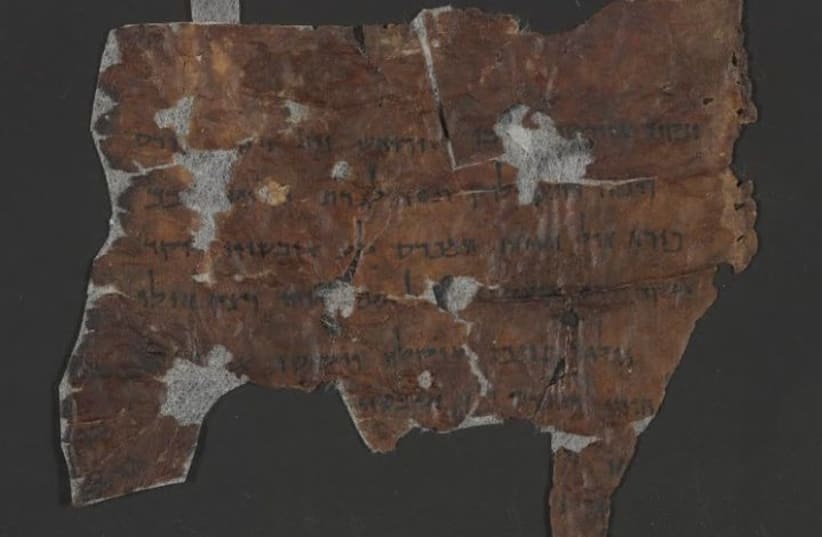Archaeologists from University College Dublin discovered a 2,000-year-old fig during an archaeological excavation at a headland in Drumanagh, North Dublin.
The discovered 2,000-year-old fig sheds light on the foods traded between the Roman Empire and Ireland thousands of years ago.
The area in Drumanagh where the excavation took place was an important trade center for the Roman Empire.
The discovery of a charred piece of fig fruit has provided provocative evidence of exotic food trade between the Roman Empire and Ireland.
“Fig seeds dating to as far back as the 13th century have been recovered from excavations of medieval Dublin, Cork and other towns,” said Assoc. Prof. Meriel McClatchie, Director of the UCD Ancient Foods research group at UCD School of Archaeology.
“An actual fruit has never been found in Ireland until now, but what is most important about the Drumanagh fig is its antiquity. It is without parallel in Ireland and is by far the oldest example of an exotic fruit found here.”
According to Assoc. Prof. McClatchie, while figs were traded throughout the Empire, “we were unaware until now that they reached Ireland.”
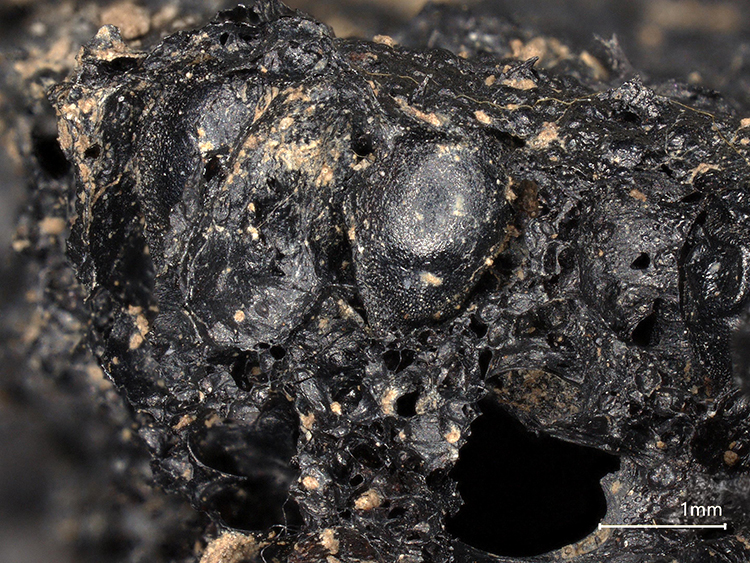
“Finds of figs in other parts of northern Europe are believed to indicate imports from southern Europe, and it is probable that this new discovery in Ireland traveled a similar route. It’s exciting to envision someone savoring such an exotic delicacy here in Ireland so long ago.”
The excavations at Drumanagh are directed by Christine Baker, the Heritage Officer/Archaeologist at Fingal County Council. Her team has uncovered substantial evidence of both craft and domestic activities, including metal and ceramic artifacts that originated from Roman Spain, Gaul, and Britain, as well as items that reflect local practices.
The excavation team also uncovered remnants of food that were consumed there around 2,000 years ago. The charring of these foods helped preserve them for present-day study.
In a press release published by the university, it was noted that the analysis by Assoc. Prof. McClatchie from UCD revealed the presence of a rare grain, spelt wheat, which was a staple food in Roman Britain, in significant quantities in Ireland’s past.
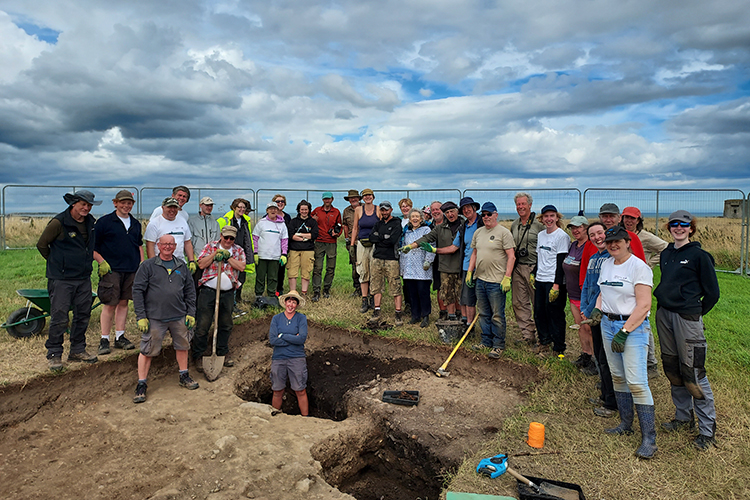
Christine Baker stated, “Our excavations have uncovered more about the story of the people who lived and worked in Drumanagh. We now know that not only goods were imported, but also lifestyles. In these windswept cliffs, people were consuming flatbreads, olive oil, and figs, drinking from glass vessels and fine ceramic cups, and wearing brooches and glass beads. The evidence so far points to a connection with the Chester/Wirral region of Roman Britain during the first 200 years of the Roman conquest.”
Drumanagh headland fort is a nationally significant Iron Age archaeological site and holds international importance regarding Ireland’s relationship with the Roman world. The site consists of approximately 46 acres of a headland defended by a series of earthworks.
Cover Photo: The charred fig from the Drumanagh excavation. This image was taken at a Historic England laboratory using an AHRC-funded Keyence VHX7000 3-D digital microscope at x 30 magnification Credit: Historic England


